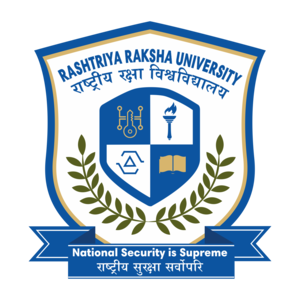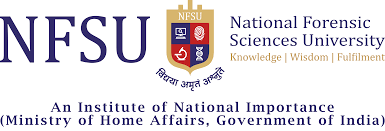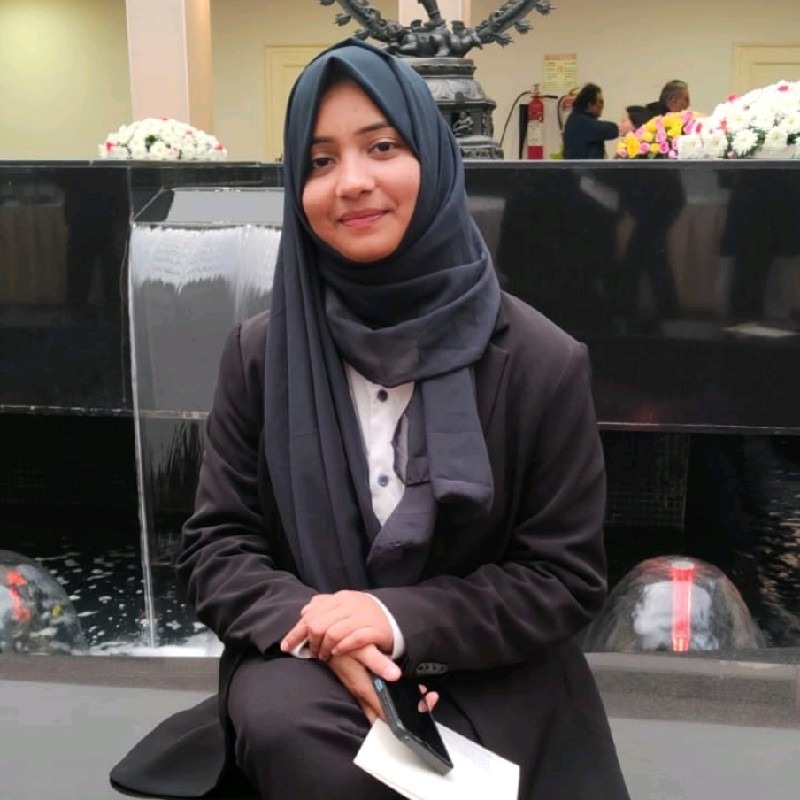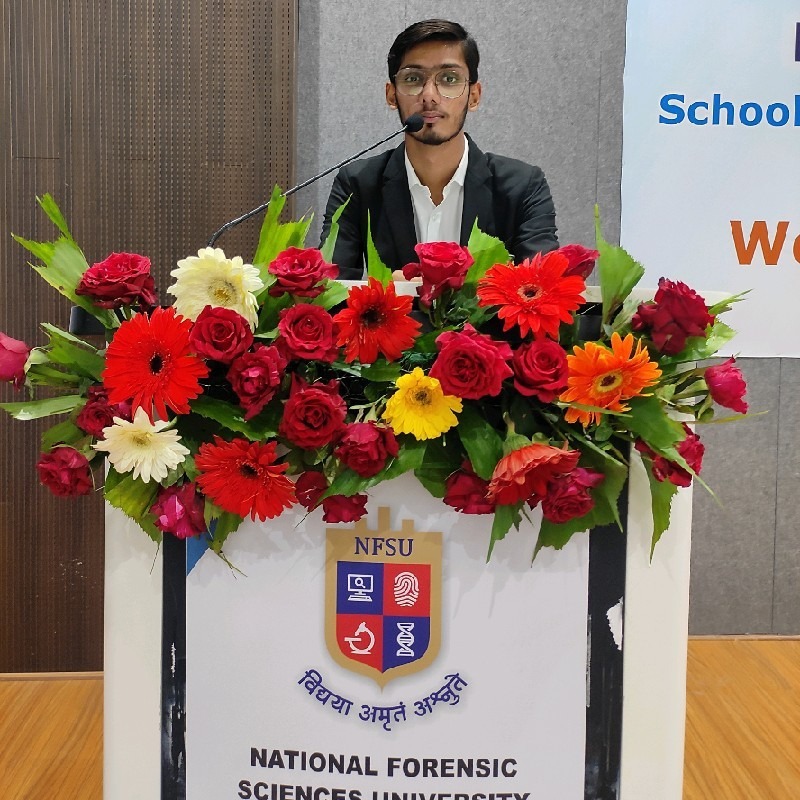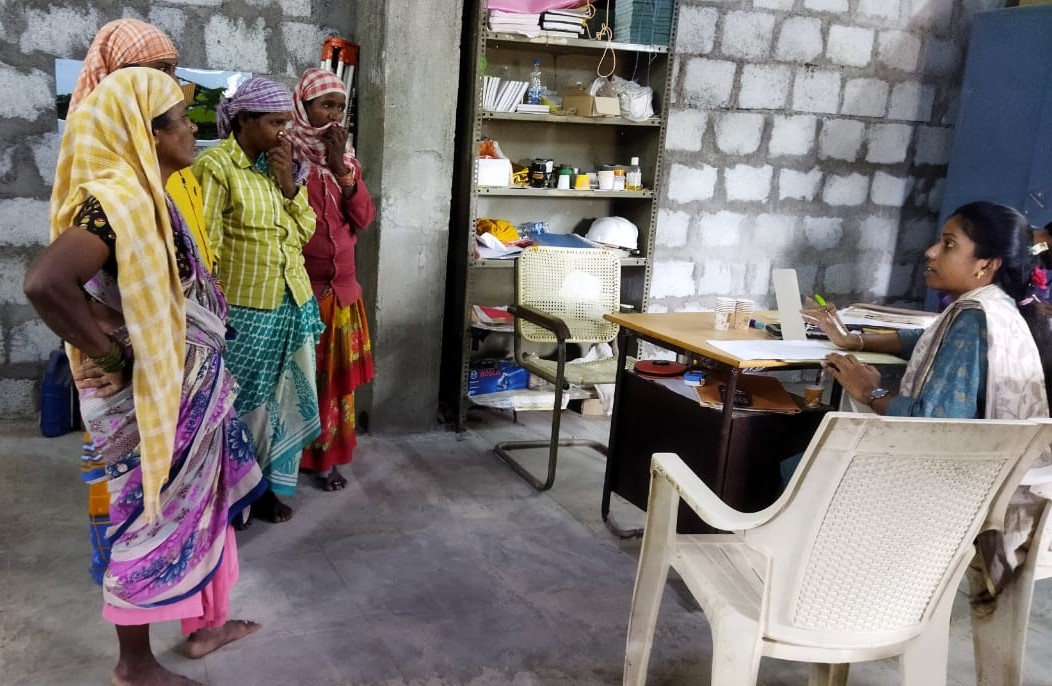
The Right To Be (Book Review)
The Book was thus written by Zena Sorabjee as this is one of the outstanding books as told by my Faculty in our college for the concerned subject of Human rights in our College library. So thus as a result for my Internals Examination I thus picked up the Book for making notes thus I have while making notes of the same I feel that Author has really done an outstanding job with this book.
The said book has focused specially on the Rights of the children in the UDHRC adopted by the UN 1948. Thus the book is an outstanding one thus for better understanding of the rights provided under the UDHRC. The Author has firstly introduced the material for her study as it was a small remote village in the corner of India.
It is important that the essentials of fundamental human rights be instilled at the grassroots of any general public and not left to be clarified in gatherings and courts as it were. The administrator of the board of trustees on the Declaration of Human Rights, Eleanor Roosevelt, had appropriately expressed that all inclusive rights start "in little places near and dear. It incorporates the universe of the unique individual, the area he lives in, the school or school he goes to, the industrial facility, the firm or office where he works. Such are the spots where each man, lady and kid looks for equivalent equity, measure up to circumstance and equivalent poise without segregation." It is in the light of this announcement that the writer has arranged this showed book, which, up until now, had not been endeavored for our more youthful era.
The book clarifies the substance of the human rights in each of the 30 articles of the Declaration with a straightforward and effortlessly understandable story. The stories are joined by pictures by the offspring of the Aseema Charitable Trust, a NGO working for the privileges of underprivileged kids. There are additionally simple tips on the best way to recall the Articles, including notes on their watchwords and supportive proposals for gathering examinations.
For instance, Article six of the Declaration expresses that "Everybody has the privilege to acknowledgment wherever as a man under the steady gaze of the statue.”The author has referred to the historical Background of the 19th and the 20th century Europe and the partiality against Jews, and the present day abuse of Baha\'is in Iran. Going with it, is a moving story titled A New Lease on Life. It is the record of two youngsters Mariam and Hassan living in a nation which does not perceive their religion. The story goes ahead to discuss the hardships of these kids in their nation and how their folks needed to look for haven somewhere else. In the new nation to which they moved, their religion was allowed and they got the full flexibility "to go to class, to play amusements, chuckle over jokes and dream without bounds." The book has a few references to compositions of driving examples of human rights, for example, Martin Luther King, William Wilberforce, Dr Ambedkar’s and Mahatma Gandhi.
Zena Sorabjee has two individuals from her family recognized in law. Despite the fact that not an attorney herself, she has composed this book with extraordinary energy and a conviction that information of these rights will help kids turn out to be better natives of the world. In this, she has succeeded amazingly. This great book ought to be recommended as obligatory review for kids in schools in India.
It is important that the essentials of fundamental human rights be taught at the grassroots of any general public and not left to be clarified in gatherings and courts as it were. The director of the board on the Declaration of Human Rights, Eleanor Roosevelt, had appropriately expressed that all inclusive rights start "in little places near and dear. It incorporates the universe of the distinct individual, the area he lives in, the school or school he goes to, the manufacturing plant, the firm or office where he works. Such are the spots where each man, lady and tyke looks for equivalent equity, rise to circumstance and equivalent poise without segregation." It is in the light of this announcement that the writer has aggregated this represented book, which, up until now, had not been endeavored for our more youthful era.
The book clarifies the substance of the human rights in each of the 30 articles of the Declaration with a straightforward and effortlessly intelligible story. The stories are joined by pictures by the offspring of the Aseema Charitable Trust, a NGO working for the privileges of underprivileged youngsters. There are additionally simple tips on the best way to recollect the Articles, including notes on their catchphrases and accommodating recommendations for gathering exchanges.
For instance, Article six of the Declaration expresses that "Everybody has the privilege to acknowledgment wherever as a man under the steady gaze of the law." The writer alludes to the historical backdrop of nineteenth and twentieth century Europe and the preference against Jews, and the present day mistreatment of Baha\'is in Iran. Going with it, is a moving story titled A New Lease on Life. It is the record of two youngsters Mariam and Hassan living in a nation which does not perceive their religion. The story goes ahead to discuss the hardships of these youngsters in their nation and how their folks needed to look for shelter somewhere else. In the new nation to which they moved, their religion was allowed and they got the full opportunity "to go to class, to play recreations, chuckle over jokes and dream without bounds." The book has a few references to works of driving examples of human rights, for example, Martin Luther King, William Wilberforce, Dr Ambedkar’s and Mahatma Gandhi.
Zena Sorabjee has two individuals from her family recognized in law. In spite of the fact that not a legal counselor herself, she has composed this book with extraordinary enthusiasm and a conviction that information of these rights will help youngsters turn out to be better natives of the world. In this, she has succeeded amazingly. This fantastic book ought to be recommended as mandatory review for kids in schools in India.

